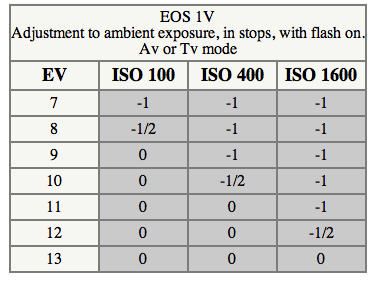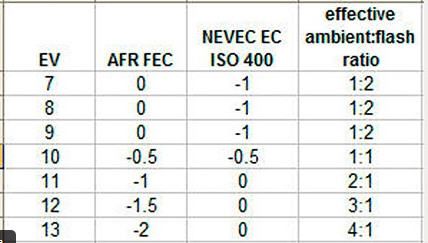Hi Another quick one from me.
Testing my YN600EX-RT 2 at 105mm on ETTL i noticed my aperture number blinking, indicating under exposure. Take the photo and it comes out under exposed (@ 1/250s, ISO1600). Interestingly at 24mm same settings apertunre still binks exposure fine.
Put flash into manual, shoot at 100% power - white out same settings.
Shoot at half power, dito.
Shoot at 1/64 ditto
Shoot at 1/128 power and its still slightly over exposed.
I am not sure I get whats happening in ETTL? Surely the point of ETTL is that it adjusts flash power to ensure accurate exposure? Its clear from the manual tests that the flash has more than enough power to over expose on the same settings at 1/128th power - so why is ETTL under exposed by around 2-3 stops? (flash exposure compensation not set and even at 3 stops over exposed the photo is still under exposed)
confused.com
Testing my YN600EX-RT 2 at 105mm on ETTL i noticed my aperture number blinking, indicating under exposure. Take the photo and it comes out under exposed (@ 1/250s, ISO1600). Interestingly at 24mm same settings apertunre still binks exposure fine.
Put flash into manual, shoot at 100% power - white out same settings.
Shoot at half power, dito.
Shoot at 1/64 ditto
Shoot at 1/128 power and its still slightly over exposed.
I am not sure I get whats happening in ETTL? Surely the point of ETTL is that it adjusts flash power to ensure accurate exposure? Its clear from the manual tests that the flash has more than enough power to over expose on the same settings at 1/128th power - so why is ETTL under exposed by around 2-3 stops? (flash exposure compensation not set and even at 3 stops over exposed the photo is still under exposed)
confused.com



